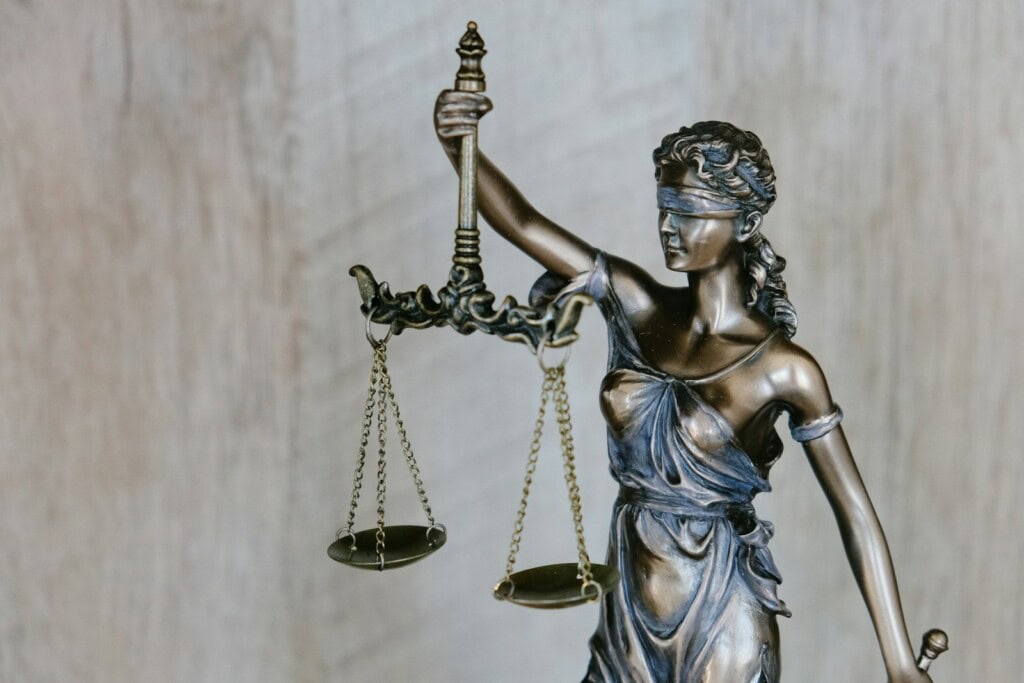Juries Are Sending Bigger Messages
In the past, companies could settle behind closed doors and keep things quiet. Now, juries are writing huge checks. And they’re doing it on purpose.
In 2025, a Texas jury awarded over $640 million to the family of a man killed in a crane accident. The company, TNT Crane & Rigging, had offered $6.9 million. The jury said that wasn’t close to enough.
These cases aren’t just rare flukes. According to the National Center for State Courts, the number of jury awards over $100 million has gone up by over 30% in the last five years. Plaintiff win rates in wrongful death and workplace injury cases are now nearly 60%, up from 52% just a few years ago.
This isn’t just courtroom drama. It’s a wake-up call for business.
Why Companies Are Rethinking Risk
Big companies used to treat lawsuits as a cost of doing business. Pay a fine, move on, no headlines. That’s changing.

Verdicts are now so large that they can crash stock prices, force out executives, and lead to new safety laws. Boards are paying attention. Investors are asking questions.
One trial lawyer said after a big case, the company he sued fired its entire safety department. “They didn’t even wait for the ink to dry,” he said. “They called in a new team the next day.”
The Buzbee Law Firm handled the $640 million Loree case. After the verdict, the crane industry started reviewing how operators are trained. The ripple effect was fast.
What’s Driving These Giant Awards?
Three things:
1. Juries Don’t Trust Corporate Excuses
Jurors are tired of hearing “we followed protocol” while people are getting killed. If there’s a pattern of ignoring problems, juries react hard.
A juror from a recent product liability case said, “They had emails warning about the issue two years before the recall. That’s all I needed to see.”
2. Social Media Makes Cases Public
Once a case hits the news or goes viral, everyone is watching. Companies know they can’t quietly fix things after the fact. Reputations get damaged in real time.
3. People Expect More Accountability
The public is more informed now. People know what safety looks like. When companies skip it, they expect consequences.
How Risk Teams Are Adapting
General counsel and risk managers are starting to build litigation into their crisis plans. Not just legal defense, but brand response and executive actions.
Here’s how smart companies are responding:
Rewriting Safety Manuals
After a $150 million verdict in Georgia, the company updated every safety rule and required all workers to go through in-person retraining within 30 days.
Creating Fast-Track Incident Teams
Some companies now have rapid response units that launch an internal review within 48 hours of an injury or complaint—before a lawyer even gets involved.
Raising Insurance Coverage
With verdicts climbing, many companies are increasing coverage caps. Policies that once topped out at $50 million are now being rewritten to cover $300 million or more.
What Business Leaders Should Do Now
This isn’t just about avoiding lawsuits. It’s about being ready before the damage is done. Here’s where to start:
1. Stop Skimming Safety Reports
Leaders need to read the full report, not the summary. If it feels like bad news, it probably is. Don’t wait for a lawyer to explain why it matters.
2. Talk to Your Frontline Teams
The people doing the work usually know what’s broken. If you haven’t walked the floor, sat in on training, or talked to the field team this quarter, start there.
3. Create a System for Anonymous Reporting
Whistleblower protections are only helpful if people feel safe using them. Make it simple. Make it fast. Make sure reports go to someone who can act.
4. Document the Fixes
If you fix a problem, write it down. Take photos. Keep emails. In court, the jury doesn’t care what you meant to do. They want to see proof.
5. Update Your Verdict Risk Modeling
Still using data from 2015 to estimate legal exposure? Update your models. Use recent cases. Include mega verdicts. Don’t assume “it won’t happen to us.”
What Lawyers Are Doing Differently Too
Law firms are changing how they prepare cases. Instead of waiting for a settlement, they’re building cases for trial from day one. This includes visual timelines, survivor testimony, and data from similar incidents.
One attorney said, “If a jury sees a pattern, even from other states or years ago, they don’t care. They think, ‘You had time to fix this. You didn’t.’ That’s how you get a $100 million day two.”
The Risk of Doing Nothing Is Bigger Than Ever
The cost of ignoring risk used to be a fine or a few bad headlines. Now, it’s hundreds of millions of dollars, lost contracts, and public trust.
A safety manager at a national trucking firm said, “We used to wait until something went wrong. Now we assume it already has—we just haven’t found it yet.”
Final Takeaway
Mega verdicts are forcing companies to look harder at risk. Not just legal risk—but people risk. Culture risk. Accountability risk.
The best way to prepare? Care early. Fix things before they become court exhibits. Treat complaints like the warning signs they are.
Because once the jury hears the story, it’s too late to change the ending.